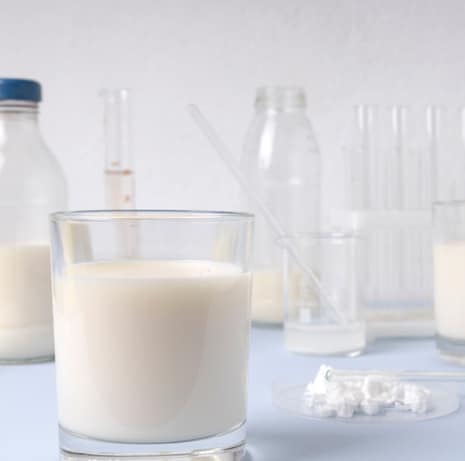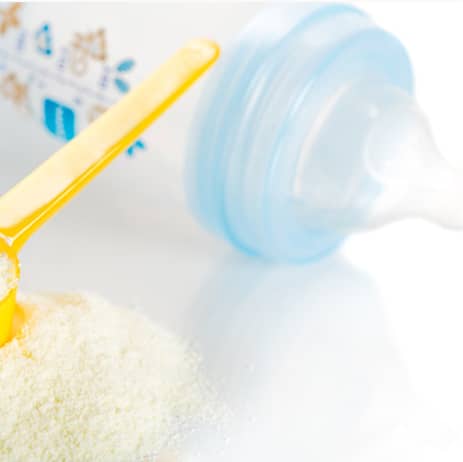
The Powerful List of Dairy Ingredients
Fuel & Fiber With Carbs
Nature’s Complete Proteins
Functional Fats
Beneficial "Bios"
Find Fuel & Fiber with Carbs
Gain a Stronger Understanding of Carbohydrates from Milk
The naturally occurring carbohydrates in milk provide a great source of energy and body fueling building blocks that make milk such a powerful food. Breaking down the components of milk helps us understand how it works together, and the carbohydrates that can be extracted from milk can also play a powerful role in food development and applications. Visit our Ingredient Resources page to download ADPI’s Dairy Ingredient Application Guides to see how carbohydrates perform and the high-value, nutrient-dense role they play.

Different Carbohydrates from Milk
Discover the building blocks derived from milk that as stand-alone ingredients, provide a high source of energy and functionality for many applications. These different ingredients are used in formulations from infant formula to confections, soups, salad dressings, meat products and so much more.
Galacto-oligosaccharides (GOS)
Galacto-oligosaccharides (GOS)Comprised of galactose molecules chained together. GOS are naturally occuring in milk and yogurt and function as prebiotics. More are produced when enzymes alter lactose. They are naturally occurring in milk and yogurt and function as prebioticsNondigestible compounds in foods that stimulate the growth/activity of beneficial bacteria in the colon. More, meaning they are undigestible ingredients that stimulate the growth/activity of beneficial bacteria in the colon. GOSGalacto-oligosaccharides More are often added to infant formulas to mimic human breast milk.
Lactose & Infant Formula Grade Lactose
Lactose, otherwise known as Milk Sugar is a carbohydrate made up of two sugar molecules, glucose and galactose, and has a mildly sweet taste. It is normally obtained from whey or permeate and may be anhydrous; meaning it contains one molecule of water of hydration; or may be a mixture of both forms.
Infant Formula Grade Lactose for Dry Blending is specifically suited for use in infant forula manufacturing processes where ingredients are combined “as is” (dry) rather than via hydration.
Permeate
Permeate is a by product of whey proteinProtein in milk that remains in water phase after casein precipitates. More concentrate (WPCWhey protein concentrate More), whey proteinProtein in milk that remains in water phase after casein precipitates. More isolate (WPIWhey protein isolate More), milk protein concentrate (MPC)Produced by filtation methods (ultrafiltation and diafiltration) which captures essentially all of the casein and whey proteins contained in the raw material stream in the finished product, resulting in a casein-towhey protein ratio equivalent to that of the original milk, generally 80:20. MPC has a protein content between 40 – 89.5% (ADPI definition). More or milk protein isolate (MPI)Produced by filtation methods (ultrafiltration and diafiltration) which captures essentially all the casein and whey proteins contained in the raw material stream in the finished product, resulting in a casein-to-whey protein ratio equivalent to that of the original milk, generally a value of 80:20. MPI has a minimum protein content of 89.5% (ADPI definition). More production. Permeate is a term used to cover a family of products that have a minimum of 59% lactose, and a maximum of 10% protein and 27% ashResidue that remains when milk/whey is heated to very high temperatures in a muffle oven. Organic acids are lost during ashing. Some minerals such as sulfur and phosphorous also may be lost. Other minerals may be converted to oxides, sulfates, phosphates, silicates and chlorides. In general, ash overestimates the concentration of minerals present since oxygen is combined with minerals in the remaining ash. The term often is used interchangeably with minerals and milk salts.. Manufacturers in the United States use the terms “dairy product solidsSee dairy permeate. More”, “de-proteinized wheyLiquid obtained from cheese manufacture. More”, “modified wheyLiquid obtained from cheese manufacture. More”, “reduced protein wheyLiquid obtained from cheese manufacture. More” or “permeate” on the label.
Reduced Lactose Whey
Reduced Lactose Whey is an ingredient created by the selective removal of lactose from wheyLiquid obtained from cheese manufacture. More. It differs from whey protein concentrate in that the minerals are not removed. Can also be referred to as mineral concentrated wheyWhey where a portion of the water has been removed leaving all other constituents in the same relative proportions. More or fractionated wheyLiquid obtained from cheese manufacture. More.
Reduced Minerals Whey
Reduced Minerals Whey or Demineralized WheySee reduced minerals whey. More is an ingredient crated by the removal of a portion of the minerals from pasteurized wheyLiquid obtained from cheese manufacture. More. The process used to remove the mineralsGenerally refers to elements other than carbon (C), hydrogen (H), oxygen (O) and nitrogen (N) that are found in dairy products. The term often is used interchangeably with salts and ash. More do not denature the proteins, thus preserving protein solubilityAbility of a liquid to dissolve another material. Examples: Lactose dissolving in water, alcohol dissolving in water. More in demineralized wheySee reduced minerals whey. More. Demineralized wheySee reduced minerals whey. More often has a less salty flavor because of the reduced mineral concentration.
How are Carbohydrates from Milk Produced

Simple Process. Low Waste. High Yield.
All carbohydrates from milk start in the form of Permeate, either derived from milk proteins or wheyLiquid obtained from cheese manufacture. More proteins production. Permeate is produced through an ultrafiltration/diafiltration process whereby the proteins in milk or wheyLiquid obtained from cheese manufacture. More are removed leaving a majority of lactose and minerals. This simple and sustainable process uses a water-based process with no chemicals.
Lactose is then derived through a simple process of evaporating, crystallizing, refinfing and then drying permeate, again using only water as the additive in the process. This same process is also how many products obtain lactose-free status – by removing the lactose from dairy products or by adding lactase, an enzymeMolecule that accelerates reactions. Enzymes typically are proteins that act as a biological catalyst. Catalysts are not altered in the reaction. The molecule that the enzyme reacts with is known as the substrate. More that breaks lactose into glucose and galactose for easier digestion.
Lactose use as a sugar substitute
- Lactose provides a clean label solution as a replacement for other carbohydrates with chemical sounding names.
- Nutritionally, lactose has a lower insulin response than sucrose and does not contribute to dental caries.
- Lactose has no aftertaste and a clean mouthfeel.
- Lactose can be used as a carrier for seasoning for even distribution in dry mixes and adhesive properties on snacks.


Infant Formula Use
High-quality nutrition for newborns throughout their first year of life is critical to brain and body development. Just as milk is derived from a mother, so is cow’s milk, which we utilize to mimic mother’s milk in humans. The powerful nutritional components of milk ingredients play a key role in a well-rounded food source. Lactose provides an important source of energy, while the proteins in milk are crucial for building all the important systems inside the human body.
Where can Carbs from Milk be Used?
Check out the Functionality and Applications & Uses sections to learn more about how carbohydrates from milk can be used!
